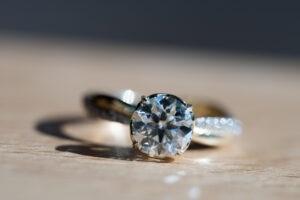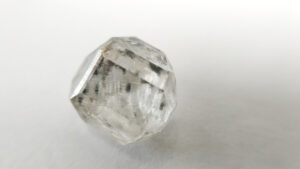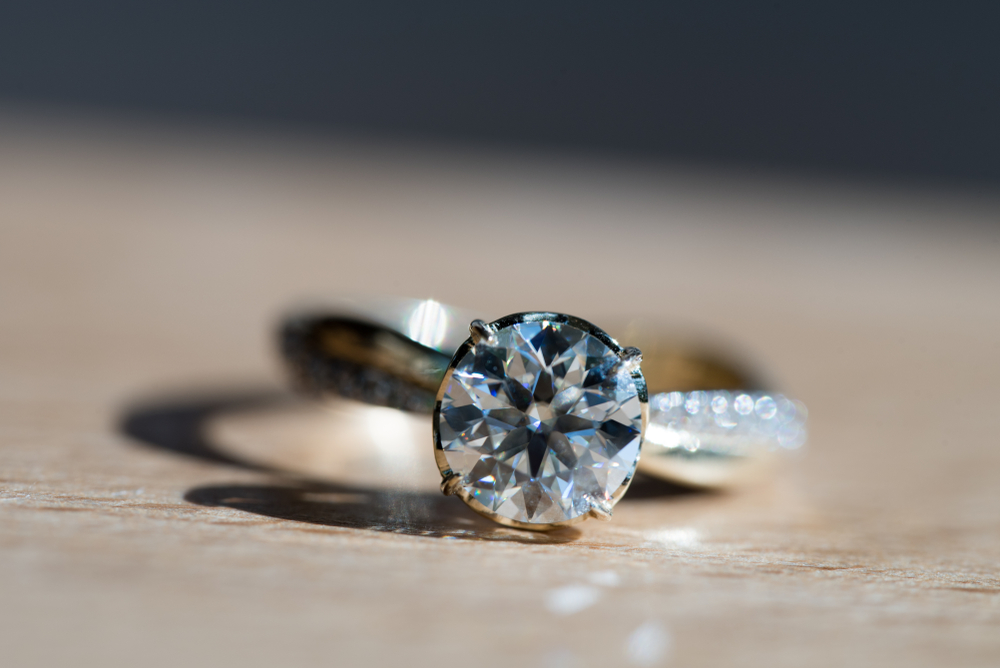
The most desirable and most distinctive gems have always been in high demand. Diamonds have long been an emblem of opulence and beauty. One of the rarest gems on earth is the blue diamond, and many people have been enthralled by its distinctive blue color. Will manufactured diamonds replicate the renowned blue diamond as technology develops? In this article, we’ll dig into the realm of artificial diamonds and consider if it’s possible to imitate the renowned blue diamond.
Artificial Diamonds
Artificial diamonds, commonly referred to as artificial diamonds, are diamonds produced in an artificial setting utilizing cutting-edge technology that mimics the environmental factors that lead to diamond formation in nature. These diamonds are chemically, physically, and visually similar to natural diamonds; they are neither imitations or forgeries. High-Pressure High-Temperature (HPHT) and Chemical Vapour Deposition (CVD) are the two main processes used to create them.
The Famous Blue Diamond
One of the finest diamonds on earth, the famed blue diamond, additionally called Oppenheimer Blue, is in high demand due to its distinctive blue color. Sir Philip Oppenheimer, a member of the Oppenheimer family who oversaw the De Beers Mining Company, once had a 14.62-carat blue diamond. Astonishing $50.6 million was paid for the diamond at an auction in Geneva, Switzerland, in 2016.
Can Artificial Diamonds Replicate The Famous Blue Diamond?
Although artificial diamonds are chemically, physically, and optically identical to natural diamonds, it is difficult to duplicate the famous blue diamond’s distinctive blue color. Because boron is a component of the diamond’s crystal structure, which gives it its distinctive blue hue, it is extremely precise and difficult to replicate. At the moment, lab-grown diamonds can be produced in yellow, brown, and even pink colors, but producing a blue diamond is still difficult.
Advancements In Technology
However, future technological developments might allow for the famous blue diamond to be duplicated. The process used to produce artificial diamonds is continually being improved by scientists, and as technology improves, correspondingly improves the intrinsic value of the diamonds. It’s feasible that in the future, cutting-edge methods that are not now accessible will be used to produce lab-grown blue diamonds.
The Future

In recent years, artificial diamonds have gained popularity, and this trend is anticipated to continue in the future. Compared to real diamonds, they are more reasonably priced, sustainable, and morally and environmentally sound. It’s likely that as technology develops, artificial diamonds may become increasingly more complex and refined, making it feasible to duplicate even the rarest and most distinctive gems in existence.
In conclusion, while artificial diamonds might not be able to duplicate the distinctive blue color of the renowned blue diamond at this time, technological developments might make it feasible in the future. Because they are affordable, sustainable, and ethically and environmentally responsible, artificial diamonds are growing in popularity, and as technology advances, they could grow even more complex and advanced. The possibilities are unlimited, but it remains to be seen if artificial diamonds can imitate the renowned blue diamond.
